When it comes to choosing the perfect knife, understanding the science of knife balance and weight is crucial for both professional chefs and home cooking enthusiasts. Whether you’re in the market for Chef Knives & Sets, Hunting Knives, Folding Knives, or even Pocket Knives, grasping how balance and weight impact performance can elevate your culinary skills and overall experience in the kitchen.
What is Knife Balance?
Knife balance refers to how the weight of a knife is distributed along its length. A well-balanced knife feels stable and controlled, allowing for smoother cuts. When the balance point is located at the bolster (the junction where the blade meets the handle), users can expect enhanced control and precision.
The Importance of Balance in Different Knife Types
Different types of knives have varied balance points based on their design and intended use. Here’s how balance plays a pivotal role in a few popular knife categories:
Chef Knives & Sets
In the world of Chef Knives & Sets, balance is key for precision chopping, slicing, and dicing. Most chef knives are designed with a balance point that aligns with the pinch grip technique, which involves holding the blade between the thumb and index finger. This balance aids in maximizing control during various cutting techniques.
Hunting Knives
For Hunting Knives, balance affects how effectively you can handle game. A blade that is too heavy at the handle can lead to fatigue and a lack of control during intricate cuts. Ideally, good hunting knives should be front-heavy to ensure a smooth stroke when skinning or filleting a game.
Folding Knives and Pocket Knives
When it comes to Folding Knives and Pocket Knives, compactness is paramount. While these knives typically have a different balance point than chef knives, good design ensures that when the blade is deployed, it feels stable and secure. Many folding knives are crafted to maintain balance regardless of the position, giving the user confidence in precision tasks.
The Science of Knife Weight
The weight of a knife impacts not only how it feels in your hand but also how efficiently it can perform. Heavier knives tend to have more momentum while cutting, which can be advantageous in certain scenarios but can also lead to user fatigue. Understanding the weight distribution of your knife can help you make informed choices based on your needs.
Lightweight vs. Heavy Knives
When it comes to knife weight, personal preference varies widely. Here's how to choose based on your preferred cooking style:
- Lightweight Knives: Ideal for intricate work and prolonged use, such as finely chopping vegetables for stir-fries.
- Heavy Knives: Excellent for tasks that require power, such as cutting through bones or tougher cuts of meat.
Factors to Consider When Choosing a Knife
Choosing the right knife involves more than just balance and weight. Here are several other factors to consider:
Handle Material
The material used in the handle can affect grip, comfort, and overall control. Wood, plastic, and metal offer different benefits and aesthetics, so choose one that feels right for you.
Blade Material
Knife blades are generally made from stainless steel or carbon steel. The material affects the knife's sharpness, edge retention, and maintenance requirements. A heavier blade may provide better cutting power, while a lighter blade may allow for more delicate cutting tasks.
Knife Shape
The shape of a knife blade can also influence its balance and weight. For instance, a curved blade allows for rocking motions, which can be advantageous when chopping herbs.
Understanding Hand Size and Grip
Personal ergonomics play a significant role in knife selection. Your hand size directly impacts how comfortable and effective a knife will be during use. Here’s a quick guide to determining your ideal grip:
Desktop Grip
This grip is essential for larger knives like chef knives. The pinch grip allows for optimal balance and control.
Power Grip
Typically used with heavier blades, this grip allows for more forceful cuts, though it may lead to increased fatigue during prolonged use.
The Perfect Slice: Finding Your Ideal Knife
The search for the perfect knife involves testing different options and understanding how balance and weight can enhance your cooking experience. To help you navigate this journey, here’s a brief summary of what to explore:
- Test Before You Buy: If possible, hold various knives to gauge balance and weight.
- Consider Your Usage: Think about the primary tasks you’ll be performing and choose accordingly.
- Personalized Gifts: A knife can also be an excellent personalized gift for a culinary enthusiast in your life!
The Art of Maintenance for Longevity
When you've found your ideal knife, maintaining its balance and weight is vital for optimal performance. Here are tips to keep your knives in top condition:
Washing and Drying
Always wash your knives by hand and towel dry them immediately to prevent rust and maintain their balance. Dishwashers can cause erosion that may alter the knife’s weight distribution over time.
Sharpening
Regularly sharpening your knives ensures they remain effective without requiring excessive force, which can affect balance during use. Invest in a good quality sharpening tool or hone them regularly.
Storage Solutions
Store knives correctly to prevent damage. Consider using magnetic strips or knife blocks that protect both the blade and your fingers. This also preserves the knife's balance and weight distribution over time.
A Lasting Legacy: Selecting the Right Knife for Generations
Investing in the right knives goes beyond mere kitchen utility; it’s about crafting experiences, memories, and legacy. Understanding knife balance and weight will not only boost your culinary prowess but also ensure that each slice, chop, and dice is executed with precision and finesse. As you explore options for Chef Knives & Sets, Hunting Knives, Folding Knives, and Pocket Knives, remember the significant role that balance and weight play in each tool. Embrace these factors as you make informed decisions, and celebrate the heart of culinary arts time and time.


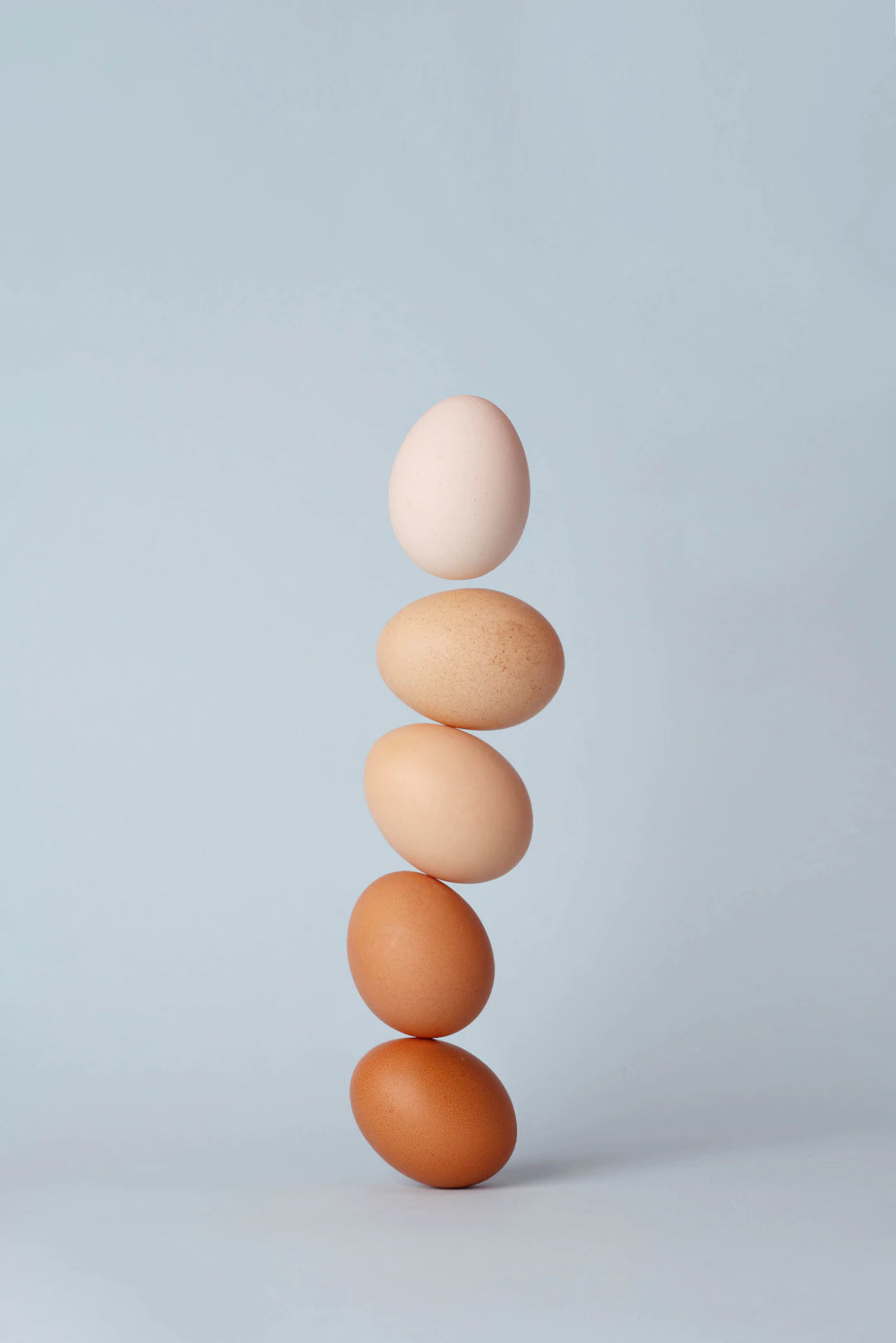





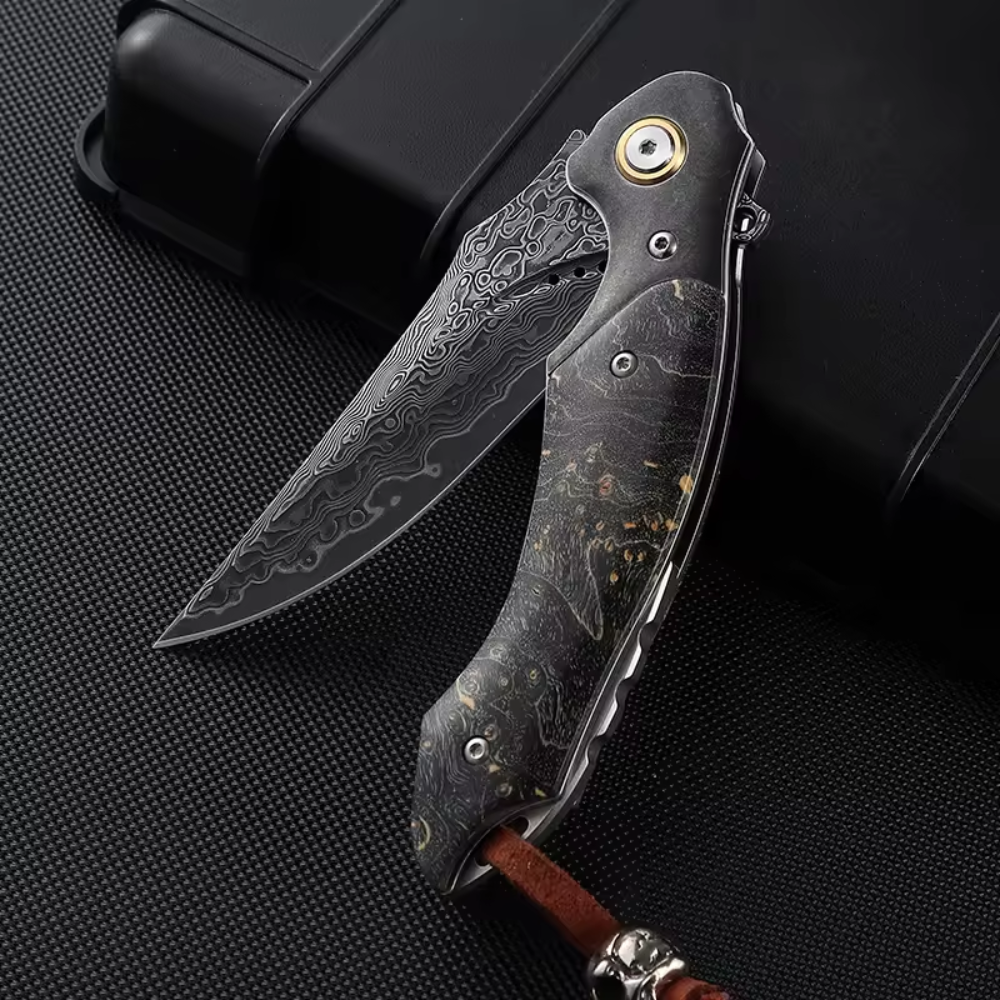


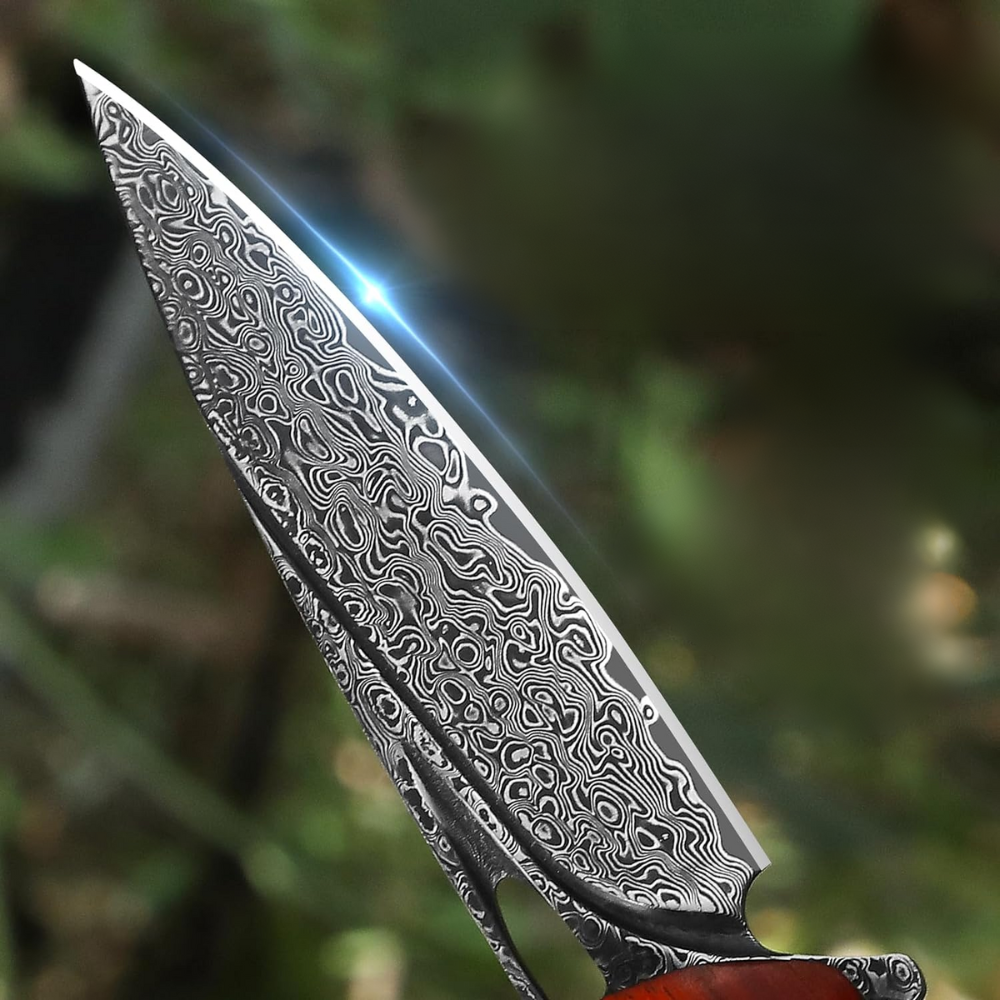








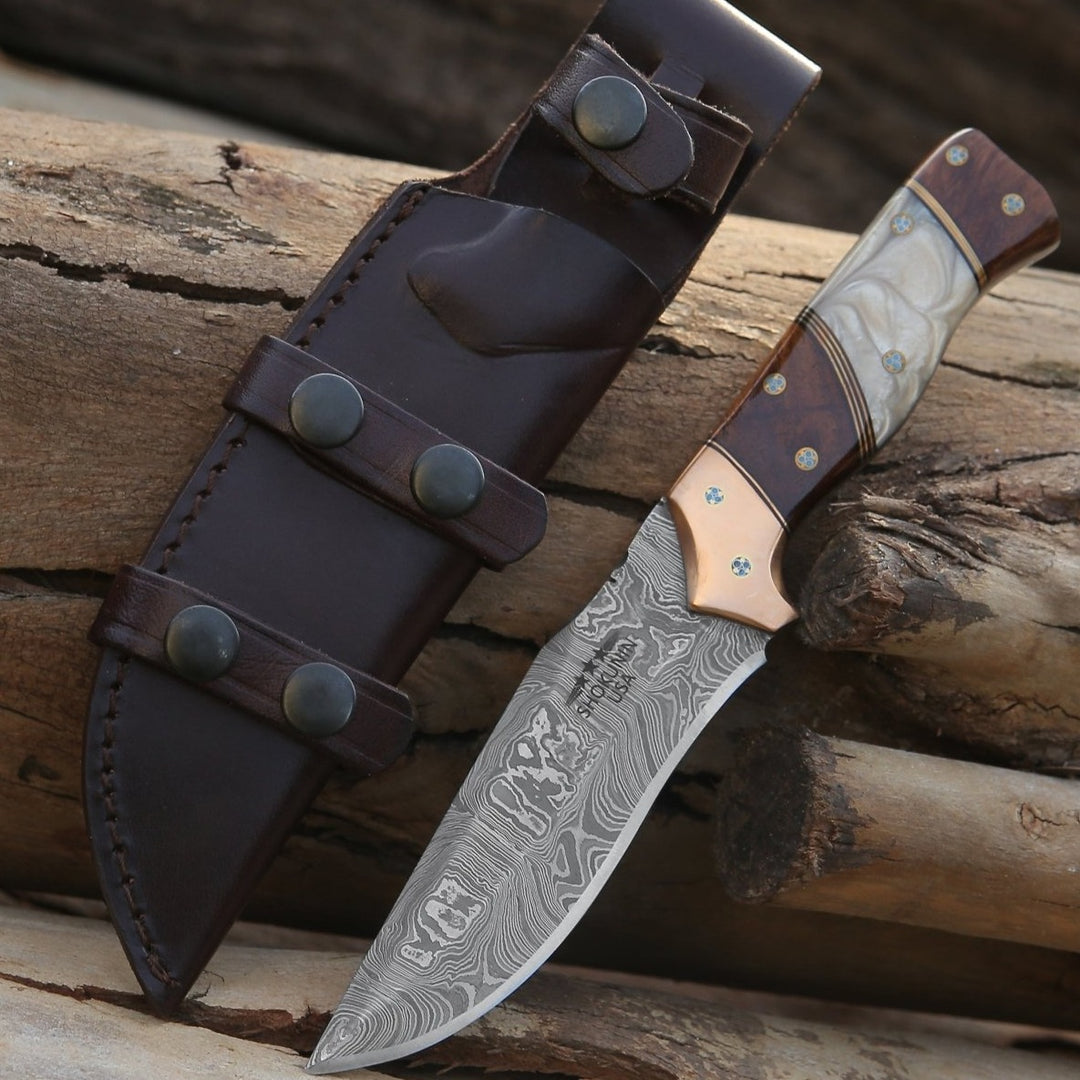
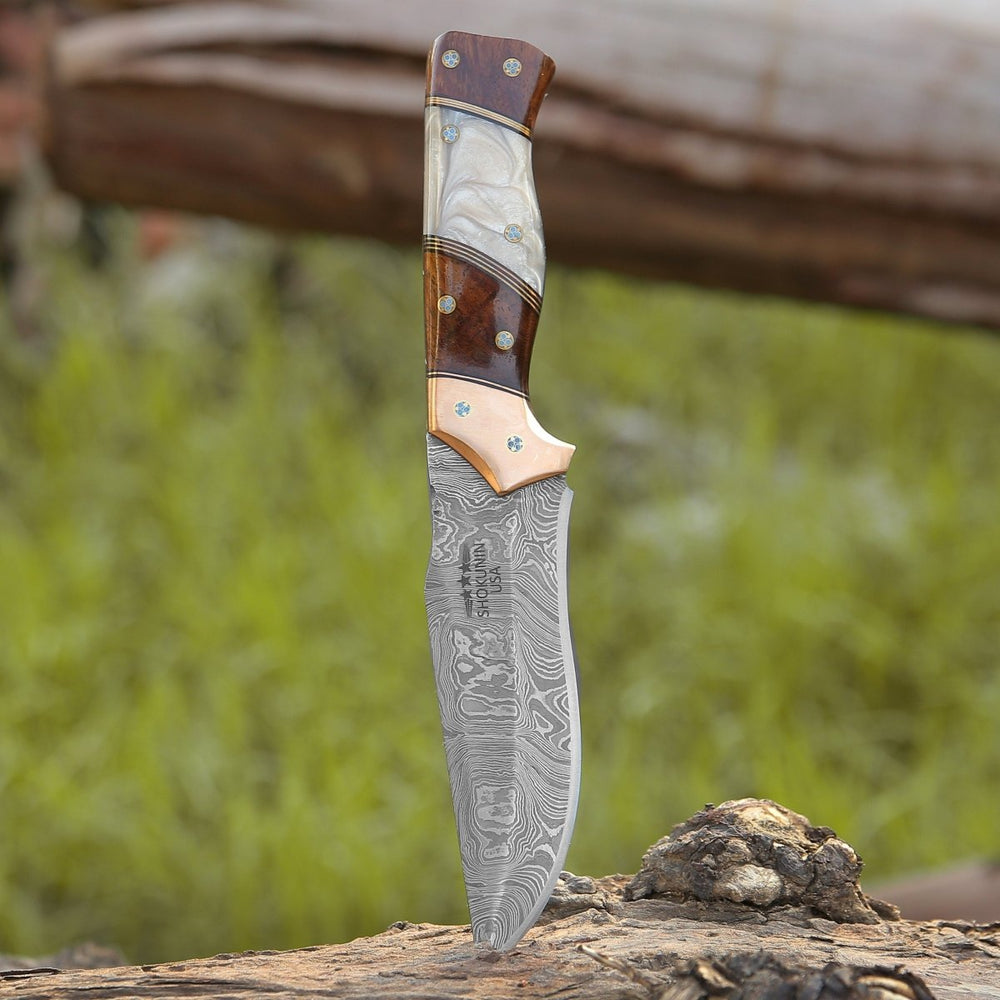


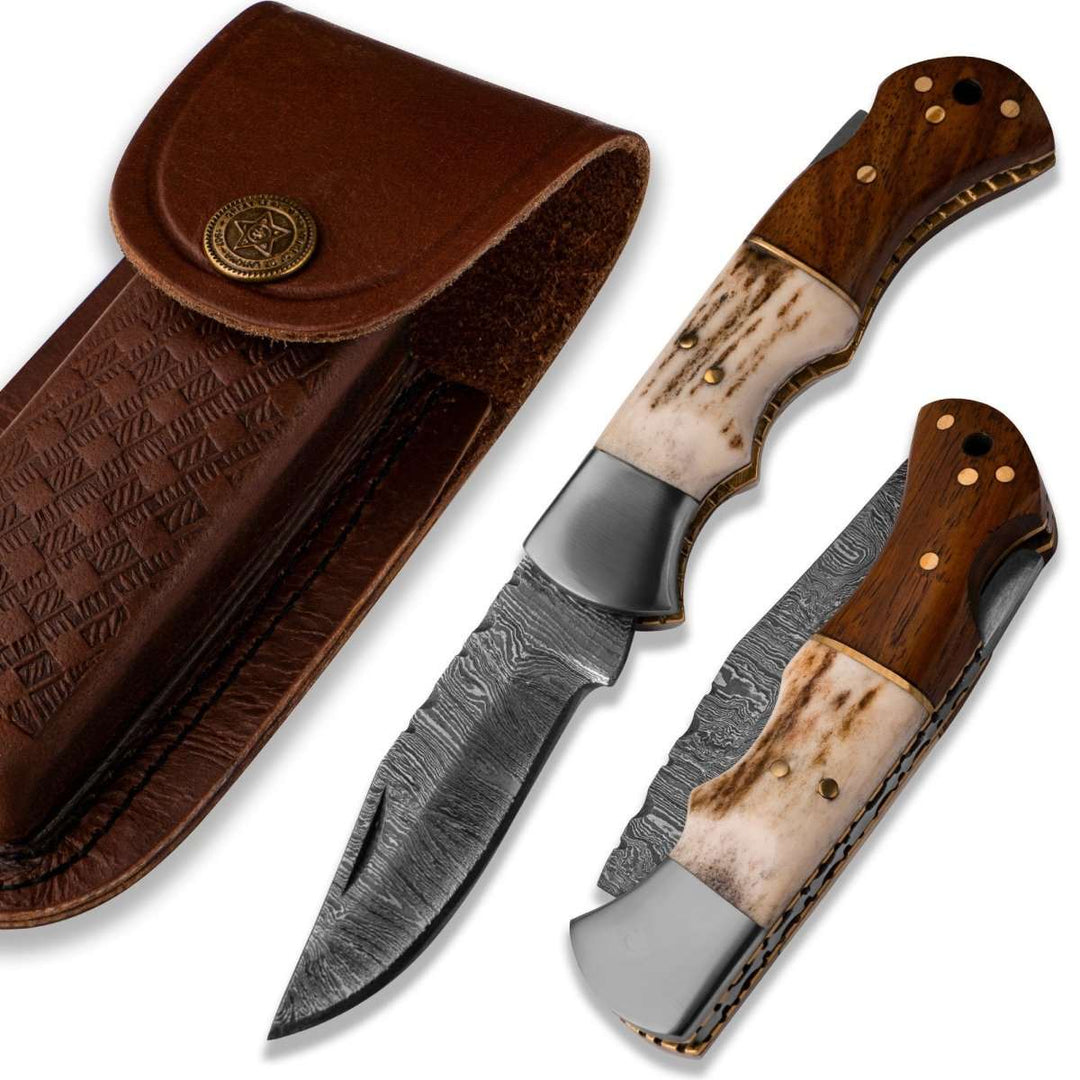





Dejar un comentario